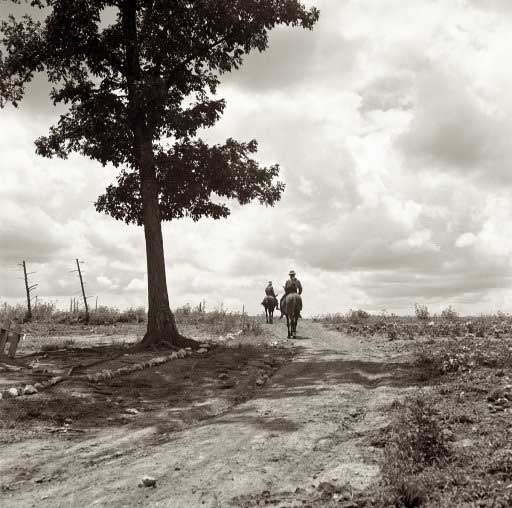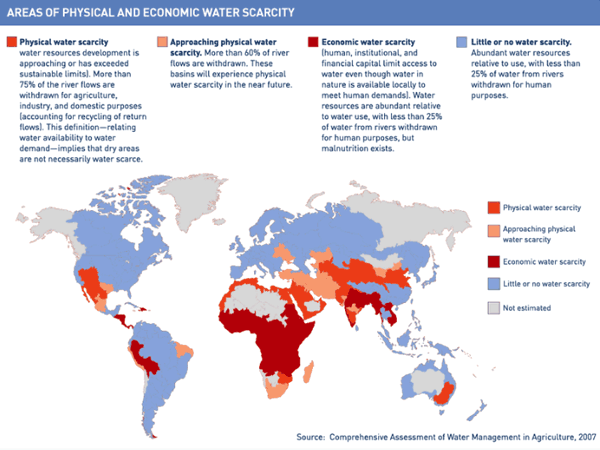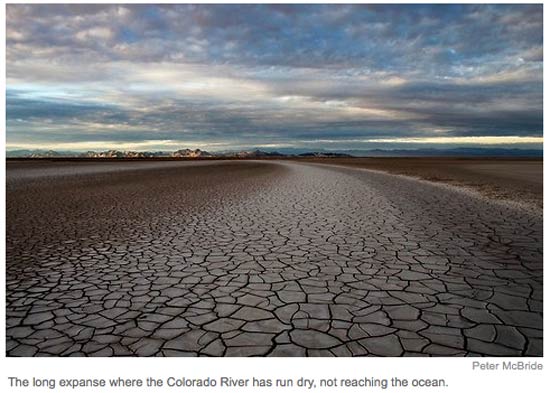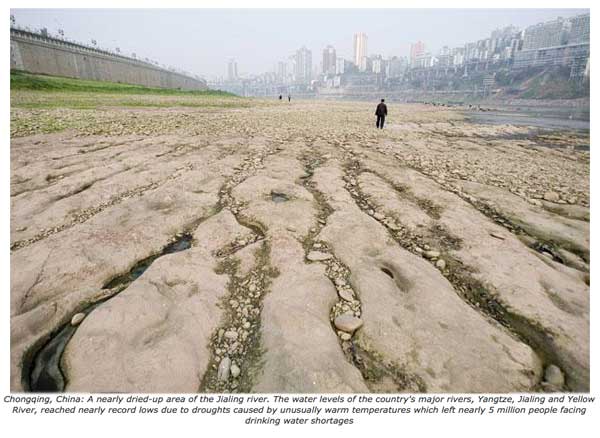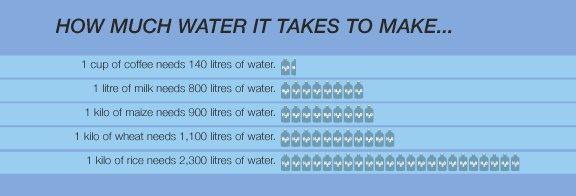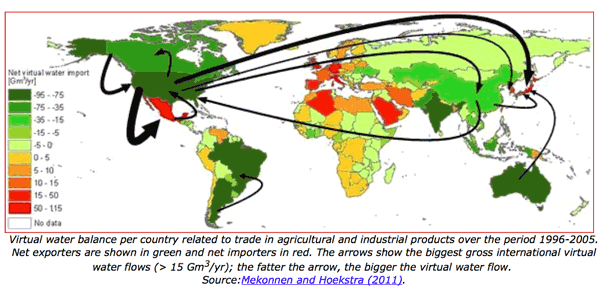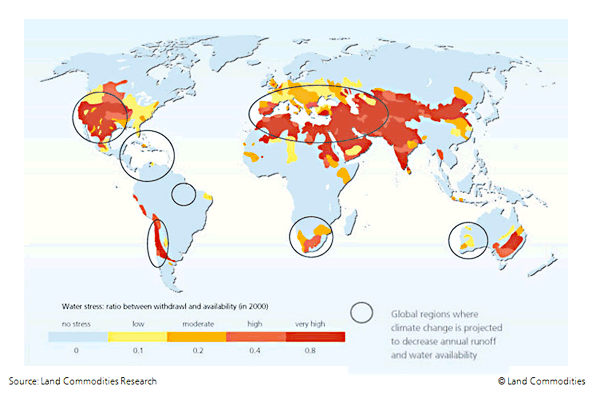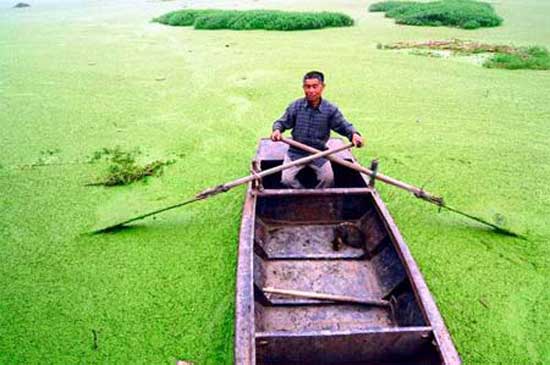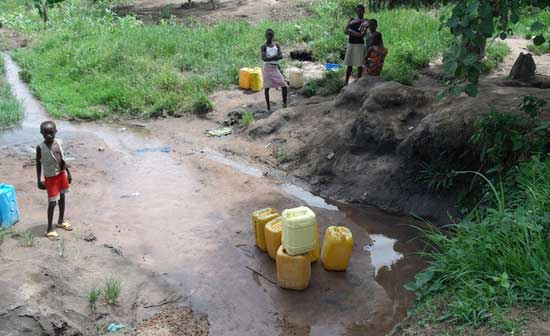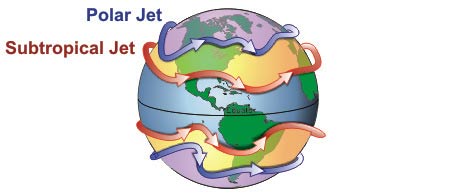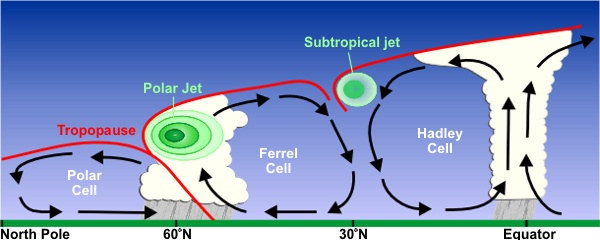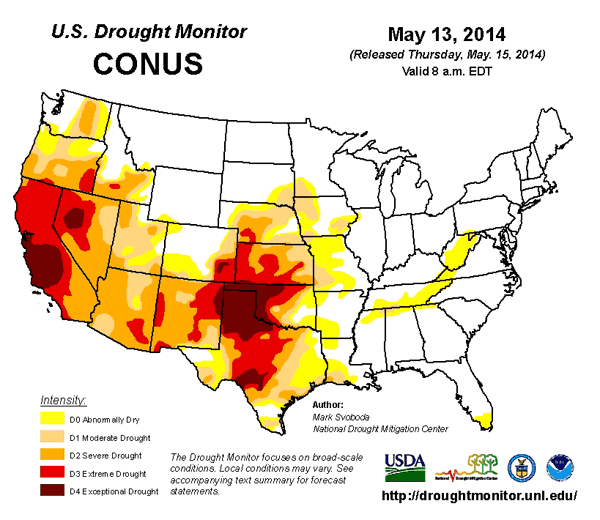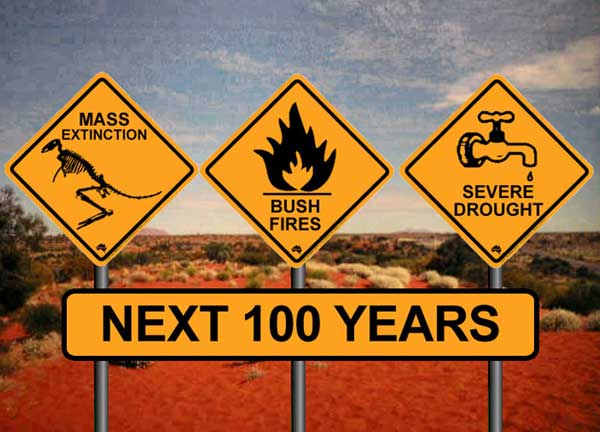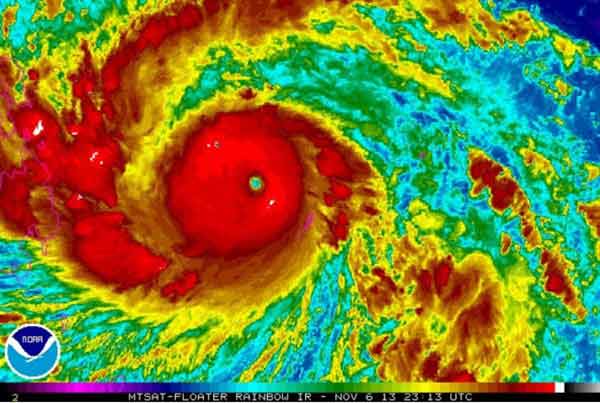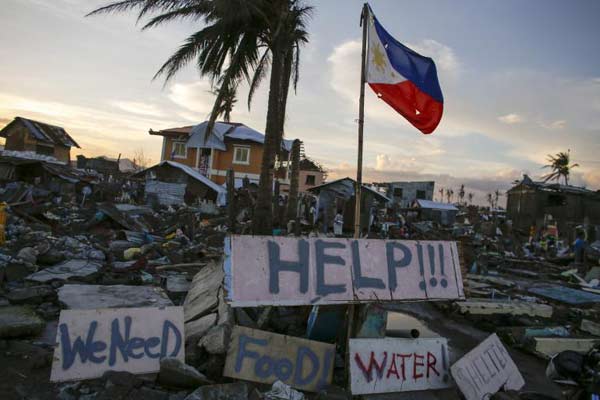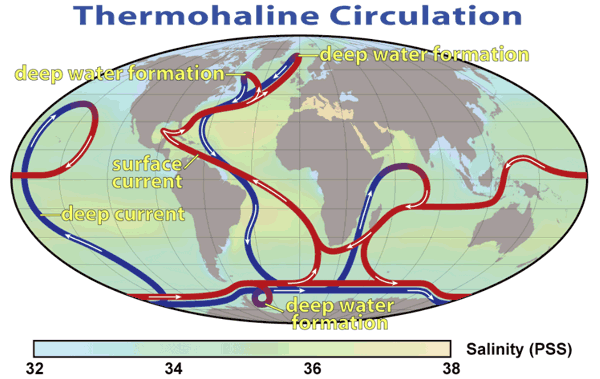
Henri Matisse The goldfish 1912

A terrible deal.
• Greece Swaps Bailout Hell For Eternal Purgatory (R.)
Greece is swapping bailout hell for eternal purgatory. Eight years after it first sought outside financial assistance Athens can at last support itself, helped by extra euro zone funds and debt relief. But it will have to maintain a tight budget for decades, while doubts over its debt sustainability will linger. The latest deal suits both European creditors and Greek Prime Minister Alexis Tsipras. With the country’s third bailout coming to an end in August, both sides wanted a clean exit, without a backstop facility. Euro zone countries recoiled at the idea of granting Greece more credit, while Tsipras wants to claim that the country is finally free of austerity. Both Ireland and Portugal ended their bailouts in this way.
But Greece still owes a hefty 180% of GDP, because official lenders refused to write off the debt. True, the euro zone has extended repayments over many decades. Still, the International Monetary Fund’s reluctance to describe the debt as sustainable made a smooth exit less certain. Hence the latest dollop of debt relief. Lenders have given Greece the last €15 billion of the bailout to build a cash buffer. They also extended their loans by 10 years, meaning Greece should not face large repayments until the 2030s. Creditors will also lower interest rates and transfer the profit on Greek bonds bought by the ECB as long as the country sticks to reform targets. The deal should make it possible for Greece to survive without further financial help for at least a decade.
But the country’s junk credit rating and the absence of a backstop means government bonds won’t be eligible as collateral for ECB loans. This will force banks to find other, more expensive sources of funding. The other question is whether Greek debt can be sustained without a default or further writedowns. If the government delivers on its promise to maintain a budget surplus before interest payments of over 3.5% of GDP – three times the euro zone average – until 2022, and 2.2% thereafter, the debt load will slowly fall. Yet Greece’s unemployment rate of 20% is more than twice as high as in the rest of the single currency area. And euro zone officials will still visit every quarter. The country has escaped its bailout hell, but is hardly free.
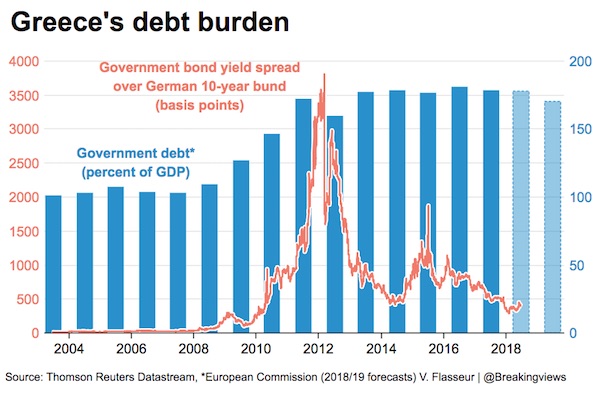

Again, this is like a team owner stating publicly that he supports the coach 100%.
• Euro Is Here To Stay: German Finance Minister (R.)
The euro is irreversible, German Finance Minister Olaf Scholz said in a newspaper interview to be published on Saturday when asked if the single currency will still be there in 10 years. “Yes, the euro is irreversible,” Scholz told the Rheinische Post. “It secures our common future in Europe.” He added that an initial blueprint to strengthen the euro zone agreed between Chancellor Angela Merkel and French President Emmanuel Macron during talks at the Meseberg retreat outside Berlin this week would shield the euro from crises. “With the Meseberg agreements we are further building the house of Europe,” he said. “It contains a sealed roof that withstands future storms and rainy days. We have a new momentum in Europe and this is thanks to President Macron.”

Don’t question the military.
• Can You Think of Any Other Ways to Spend $716 Billion? (Taibbi)
While the world continues to be transfixed over the gruesome images coming from the border, business went on as usual in Washington. Earlier this week, the Senate quietly passed the $716 billion “John S. McCain National Defense Authorization Act for Fiscal Year 2019.” The bill, which passed 85-10 in a massive show of bipartisan support, represents a considerable boost in defense spending across the board – roughly $82 billion just for next year. The annual increase by itself is bigger than the annual defense budget of Russia ($61 billion) and the two-year jump of over $165 billion eclipses the entire defense budget of China ($150 billion).
The bill is a major win for Trump, who has made no secret about his desire to push through giant increases in military spending. The legislation even sends the U.S. down the road to meeting the Trump administration’s lunatic goal of developing smaller, more “flexible” (read: usable) nuclear weapons, as it includes $65 million for the development of a new, lower-yield, submarine-launched nuke. But the problem with the defense bill, at least in terms of attracting coverage, is that it’s also a big win for almost every other major political constituency in Washington. Spending on defense lobbying has actually been dropping slightly in recent years, but that may only be because the opposition to defense spending has become so anemic that lobbyists don’t really need to bother anymore.

“..the damage done by Germany’s hyperinflation of the early ’20s led to far more than just wiped-out mortgages and billion-dollar cigars.”
• Ike Was Right! (Bill Bonner)
Our working hypothesis is that General Eisenhower was right. There were two big temptations to the American Republic of the 1950s; subsequent generations gave in to both of them. They spent their children’s and grandchildren’s money. Now, the country has a government debt of $21 trillion. That’s up from $288 billion when Ike left the White House. And they allowed the “unwarranted influence” of the “military/industrial complex” to grow into a monster. No president, no matter how good his intentions, can stop it. A corollary to our major hypothesis is that the rise of the Deep State (the military/industrial/social welfare/security/prison/medical care/education/bureaucrat/crony complex) was funded by the Fed’s fake-money system.
Now, investors, businesses, households, and the feds themselves have all been “faked out” by a fraudulent money system. None of them can survive a cutback in credit. For nearly 30 years, central banks have backstopped markets and flooded the world with liquidity. But last week, the Fed turned the screws a little further. It now targets a 2% Fed Funds Rate and claims to be on the path of “normalization.” And the ECB made it official, too; it hasn’t quite begun tightening, but it’s got its toolbox open. And command of the ECB work crew is set to change hands next year anyway, passing on to a German engineer.
The German psyche has been scarred by its awful experience in the last century. Even though today’s Germans didn’t live through it themselves, the entire country seems to have a race memory of it. Still preparing for hard times, the household savings rate in Germany is at least three times higher than in the sans souci U.S. Germany’s apocalypse, too, can be described in Eisenhower’s terms – too much debt (arising from World War I)… and too much influence in the hands of the military/industrial complex. Debt led to hyperinflation. But the damage done by Germany’s hyperinflation of the early ’20s led to far more than just wiped-out mortgages and billion-dollar cigars.

Ireland and all the others.
• Irish House Prices Sky-High Due To Finance Not Scarcity (Pettifor)
Economists regard the theory of supply and demand as nothing less than a “law” and as one of the fundamental principles governing “the economy”. Almost every economic event or phenomenon is considered the product of the interaction of the laws of supply and demand, argues The Concise Encyclopedia of Economics. The “law” is currently being invoked by those who believe the solution to the Irish housing crisis is to simply build more houses. It is an analysis echoed regularly by grateful developers and estate agents. But the “law” of supply and demand is a micro-economic concept and applicable only to the “economy” of individuals, households and firms.
The “economy” of a globalised country such as Ireland is, in stark contrast, a macro-economic concept, the result of analysing the aggregate activities of more than four million people operating within global markets for housing and other assets. As evidence of the flawed nature of this fundamental micro-economic theory, we only have to look at Ireland’s housing market in 2006 – the year in which the market boomed before imploding catastrophically. Irish home construction peaked in that year. In a country of just four million people, more than 90,000 homes were built. (By contrast the housing stock increased by just 8,800 between 2011 and 2016). And yet, despite this extraordinary increase in supply, and contrary to economic theory, prices in 2006 continued rising – by a whopping 11%.

Just settle it amicably.
• Trump Threatens 20% Tariff On European Union Cars (R.)
President Donald Trump on Friday threatened to escalate a trade war with Europe by imposing a 20% tariff on all U.S. imports of European Union-assembled cars. Trump posted his threat on Twitter the day European Union reprisals took effect against U.S. tariffs on European steel and aluminum. The EU targeted $3.2 billion in American goods exported to the 28-member bloc. “If these Tariffs and Barriers are not soon broken down and removed, we will be placing a 20% Tariff on all of their cars coming into the U.S. Build them here!” Trump wrote.
A month ago, the administration launched a probe into whether auto imports pose a national security threat. The United States currently imposes a 2.5% tariff on imported passenger cars from the European Union and a 25% tariff on imported pickup trucks. The EU imposes a 10% tariff on imported U.S. cars. German automakers Volkswagen, Daimler and BMW build vehicles at plants in the United States. Industry data shows German automakers build more vehicles in southern U.S. states that voted for Trump than they ship to the United States from Germany.

Think medical bills.
• Social Security Benefits Buy 34% Less Than In 2000 (CNBC)
If you feel like your Social Security check doesn’t stretch as far as it once did, there’s a likely explanation for it. Since 2000, the buying power of monthly benefits has fallen by more than a third, according to an annual report released Thursday by the Senior Citizens League, an advocacy group based in Alexandria, Virginia. In other words, the cost of goods and services common among retirees have collectively risen faster than the cost-of-living adjustment, or COLA, that Social Security recipients get every year. “People who recently retired might have seen only a [small] decrease in buying power,” said Mary Johnson, a policy analyst for the league. “But those retired for a long time are feeling the cumulative effect of this.”
About 47 million older Americans receive Social Security. Overall, the benefits comprise about a third of income among those age 65 or older, according to the Social Security Administration. The league’s annual report examines the costs that typically comprise household budgets of older Americans and compares their price change with annual COLAs. Based on those comparisons, the research found a 4% loss in Social Security buying power from January 2017 to January 2018 and a 34% decrease since 2000.

Wonder if this is true only in Britain.
• In 2010 Britons Stopped Getting Any Older. The Implications Are Huge (G.)
The most profound change to human life over the previous 100 years came to a halt in 2010. In the decades before it, life expectancy in Britain kept rising, with men, in particular, born in the 1920s and 1930s enjoying far longer and healthier lives than ever expected. This increase in lifespan has affected everything – from housing to health to pensions. It’s why we need to find ever greater sums for the NHS. It’s why the state pension age has had to go up. Arguably, it’s a big reason why house prices are so high – because people are living in them for longer. But the great leap forward in longevity has come to a shuddering halt.
An extraordinary analysis by the Office for National Statistics this week reveals that the trend line in longevity stopped in 2010, and has flatlined since. Why? Pick anything from austerity and cuts in NHS spending, to influenza outbreaks, obesity, diabetes, and even the rise of “multimorbidity” – where someone might have diabetes, heart disease and high blood pressure all at the same time. But the ONS did not try to answer the “why” question. It wanted to check if the statistics really do prove that longevity rises have come to a halt. And the depressing conclusion from its research is that, indeed they have. It found that the “breakpoint” in the trend towards better longevity began with males in the second quarter of 2009, with females following soon after.

“The fear of “chaos at the borders” in 2020..”
• Airbus Raises Range Of Fears In Brutal Brexit Assessment (G.)
Airbus hated Brexit from the off but, until now, it had confined itself to soft expressions of worry in public and harder lobbying behind the scenes. Its dramatic warning that it could stop investing in the UK is a radical departure from that position and carried a sting. The aircraft manufacturer did not merely say a no-deal outcome to Brexit talks “directly threatens Airbus’s future in the UK”. It also said an “orderly” Brexit, complete with a trade agreement and a transition period, would also be risky. In effect, the group will freeze investment in the UK until it can judge how a new set-up would work and how many extra costs its UK factories and research centres would bear.
John Longworth, the co-chair of Leave Means Leave campaign, accused Airbus of running a scare story and reheating Project Fear. Tariffs on aeronautical products are zero, he argued, and so “nothing will change” if the UK leaves the customs union. Yet he overlooked the detail of the Brexit assessment by Airbus, which barely mentioned tariffs. Instead, the worries were about the movement of employees between the UK and the EU, logjams in the supply chain and aircraft regulations. The most critical issue on that list is probably UK membership of the European Aviation Safety Agency (EASA), which certifies aircraft parts and runs safety checks.
In theory, the Civil Aviation Authority could do the job in the UK, as it once did, but Airbus doubts the body could assemble the expertise in time to provide a smooth transition. Norway is a non-EU member of EASA and so the UK, if it is prepared to accept the European court of justice as the legal authority behind EASA’s rulings, could also stay within. But a deal has not yet been struck, which is one of many reasons why Airbus is shouting that time is running short. Its supply chain frustrations will be shared by other large manufacturers with cross-border operations that run on a just-in-time basis to keep costs low. The fear of “chaos at the borders” in 2020, as Tom Williams, the Airbus executive in charge of the commercial aircraft division, put it, is real.

“America’s manufacturing sector may be failing, but we still produce plenty of hypocrites.”
• Trump’s Family Separation Scandal Reveals Every Species of Hypocrite (Taibbi)
John McCain, in Arizona receiving treatment for brain cancer, tweeted about Donald Trump’s barbarous immigration policy this week. “The administration’s current family separation policy is an affront to the decency of the American people, and contrary to principles and values upon which our nation was founded,” the senator wrote. Those comments bring to mind a commercial John McCain made eight years ago. At the time, he was facing a tough primary challenge from Tea Party Republican J.D. Hayworth. In the ad, McCain is seen walking along Arizona’s southern border with Pinal County Sheriff Paul Babeu, in the shadow of an enormous fence.
McCain starts tsk-tsking about the wave of crime pouring into his state. “Drug and human smuggling, home invasions, murder?” McCain asks. “We’re outmanned,” the sheriff says. “Of all the illegals in America, more than half come through Arizona.” McCain asks if they have “the right plan.” The sheriff says, “You bring troops, state, county and local law enforcement together.” “And complete the danged fence!” says McCain. [..] Trump’s policies on the border were and are monstrous. But those photos of children in captivity, which rightfully have been nearly as damaging to America’s reputation as the Abu Ghraib debacle, didn’t appear out of nowhere.
Those scenes are the latest in a long series of developments, under which politicians like McCain and Cruz and Dick Cheney, along with officials like Hayden, have gradually normalized the idea of human rights abuses as solutions to political problems. Now they’re all hiding behind someone else’s scandal. America’s manufacturing sector may be failing, but we still produce plenty of hypocrites.

Democratic leadership has been AWOL for a long time.
• Don’t Cry for Me, Rachel Maddow (Kunstler)
Actual political leadership among “the Resistance” is AWOL this week. Nancy Pelosi and Chuck Schumer failed to offer up any alternative legislative plan for sorting out these children differently. One can infer in the political chatter emanating from the Offendedness Cartel that immigration law is ipso-facto cruel and inhuman and that the “solution” is an open border. In theory, this might play to the Democratic Party’s effort to win future elections by enlisting an ever-growing voter base of Mexican and Central American newcomers. But it assumes that somehow these newcomers get to become citizens, with the right to vote in US elections — normally an arduous process requiring an application and patience — but that, too, is apparently up for debate, especially in California, where lawmakers are eager to enfranchise anyone with a pulse who is actually there, citizen or not.
Krugman of The Times really hit the ball out of the park today with his diatribe comparing US Immigration enforcement to the Nazis treatment of the Jews. As a person of the Hebrew persuasion myself, I rather resent the reckless hijacking of this bit of history for the purpose of aggrandizing the sentimentally fake moral righteousness of the Resistance. It actually diminishes the enormity of the Nazi campaign against European Jews. I daresay that commentary like Krugman’s will only serve to amplify a growing resentment of Jewish intellectuals in this country — including myself, increasingly the target of anti-Jewish calumnies and objurgations. You’d think that Mr. Trump had offered to blow up Ellis Island the way the Resistance is clamoring to pull down statues of Thomas Jefferson.

That’s two in a row for using pictures out of context. Very damaging.
• Fact-Check: Was Migrant Girl On US Border Taken From Mother? Unfounded (AFP)
Two photos that went viral on social media depict scenes that are not directly related to the family separations taking place on the US-Mexico border since early May. The most prominent, of Honduran two-year-old Yanela Varela crying inconsolably, has become a global symbol of the separations – helping to attract more than $18 million in donations for a Texas non-profit called RAICES. The photograph was taken on June 12 in McAllen, Texas by John Moore, a Pulitzer Prize-winning photographer for Getty Images. An online article about the picture, published by Time Magazine, initially reported the girl was taken from her mother, but was subsequently corrected to make clear that: “The girl was not carried away screaming by US Border Patrol agents; her mother picked her up and the two were taken away together.”
Time Magazine nonetheless used the image of the sobbing child on its cover, next to an image of President Trump looming over her, with the caption “Welcome to America”. The head of Honduras’ Migrant Protection Office Lisa Medrano confirmed to AFP that the little girl, just two years old, “was not separated” from her family. The child’s father also said as much. Denis Varela told the Washington Post that his wife Sandra Sanchez, 32, had not been separated from their daughter, and that both were being detained together in an immigration center in McAllen. Under fire for its cover – which was widely decried as misleading including by the White House – the magazine said it was standing by its decision. “The June 12 photograph of the 2-year-old Honduran girl became the most visible symbol of the ongoing immigration debate in America for a reason,” Time’s editor-in-chief Edward Felsenthal said.


A mixed bag.
• Children In Custody At Border To Be Reunited With Families By End Of Day (CBS)
Most of the immigrant children who’d been separated from their families and are still being held by U.S. Customs and Border Protection are expected to be reunited by the end of the day, a source with the Department of Homeland Security told CBS News. This does not reflect the greater number of children who are in the custody of the Department of Health and Human Services. That number was reported this week to be greater than 2,340. There will be a small number of children with Customs and Border Protection who will not be immediately reunited with their families. Reasons for delay may include if relationships can’t be confirmed or if authorities think there’s a risk to the child.
At the border, the government is trying to clear up who gets prosecuted and who does not. Confusion, however, hasn’t stopped border crossings, CBS News’ Mireya Villarreal reports. Shane McMahon’s client from El Salvador was charged with crossing into the U.S. illegally. He was separated from his 16-year-old son, and on Friday, those charges were suddenly dropped. “I think what’s happening is that everybody’s trying to figure out how the order applies to us and what to do with it,” McMahon said. The Trump administration says that nearly 500 children have been reunited with family. More than 1,800 remain separated from parents, who are desperate for answers.

A case from February that could solve today’s issues.
• US Judge Says May Rule Next Week On Reuniting Migrant Children (R.)
A federal judge said on Friday he could rule as soon as the middle of next week on a request to order the U.S. government to reunite thousands of immigrant children who were separated from their parents after illegally crossing the Mexico-U.S. border. While U.S. President Donald Trump bowed to political pressure on Wednesday and issued an executive order ending the separations, the administration has been silent on plans to reunite parents split from their children. More than 2,300 migrant children have been separated since the Trump administration began a “zero tolerance” policy toward illegal border crossings in early May.
At a court hearing on Friday, a lawyer for the American Civil Liberties Union pressed U.S. District Court Judge Dana Sabraw in San Diego to issue an injunction as soon as Friday evening to force the government to begin reuniting families. “Parents can’t find their children, they are not even speaking to their children. It’s a humanitarian crisis,” said Lee Gelernt, a lawyer for the ACLU, at Friday’s hearing. He asked the judge to order the government to reunite all children in 30 days, and in five days for children under the age of five. Gelernt also asked for an order barring separations.
[..] The judge peppered a government lawyer with questions about procedures for handling children separated from their parents and tracking by government agencies, and in general the government lawyer focused on arguments about legal procedure. The government has said in court papers that separation of children is a consequence of the lawful detention of the parent. The ACLU filed the case in February alleging the government violated the right to due process of two unidentified women, from Brazil and the Democratic Republic of Congo, when their children were removed from them.

Europe outdoes Trump.
• Survivors Report 220 Migrants Drown Off Libya In Recent Days (R.)
Survivors have reported that about 220 migrants drowned off the coast of Libya in the last few days while trying to reach Europe, putting the death toll this year on that route to more than 1,000, the United Nations said on Thursday. The U.N. refugee agency (UNHCR) said that as the summer season starts, the number of refugees and migrants attempting to cross the Mediterranean was expected to increase and it called for increased rescue operations. The Libyan coast guard has brought more than 8,000 people to disembarkation points along the coast this year, it said. Only five people survived the capsizing of a boat carrying 100 people on Tuesday, while the same day a rubber craft with 130 passengers sank, leading to 70 people drowning, UNHCR said.
On Wednesday a boat of refugees and migrants who were rescued reported that more than 50 people traveling with them had perished at sea, it said. “UNHCR is dismayed at the ever-growing numbers of refugees and migrants losing their lives at sea and is calling for urgent international action to strengthen rescue at sea efforts by all relevant and capable actors, including NGOs and commercial vessels, throughout the Mediterranean,” the agency said. Earlier, Libya’s coastguard picked up 443 African migrants on Thursday from three inflatable boats in trouble near its western coast, a spokesman said.

Where’s the outrage? Why is there still no overall ban on one-use plastics? Why do I still see people walking around with plastic coffee cups?
• Starving Seabirds On Remote Island Full Of Plastic (BBC)
New footage of the devastating impact of plastic pollution on wildlife has been captured by a BBC team. Seabirds are starving to death on the remote Lord Howe Island, a crew filming for the BBC One documentary Drowning in Plastic has revealed. Their stomachs were so full of plastic there was no room for food. The documentary is part of a BBC initiative called Plastics Watch, tracking the impact of plastic on the environment. The marine biologists the team filmed are working on the island to save the birds. They captured hundreds of chicks – as they left their nests – to physically flush plastic from their stomachs and “give them a chance to survive”.
The birds nest in burrows on Lord Howe Island, which is more than 600 kilometres off the east coast of Australia. While chicks wait in the burrow, the parents head out to sea and dive for small fish and squid to feed their offspring. “These birds are generalist predators,” explained marine biologist Jennifer Lavers who works with the shearwater colony. “They’ll eat just about anything they’re given. That’s what’s allowed them to thrive – a lack of pickiness. “But when you put plastic in the ocean, it means they have no ability to detect plastic form non-plastic, so they eat it.”
Parent birds unwittingly feeding plastic to their chicks means that the birds emerge from their burrows with stomachs filled with plastic, and with insufficient nutrition to enable them set out to sea and forage for themselves. But when the birds first head out of the burrow, the research team have been stepping in to help. “If the amount of plastic is not so significant, we use a process called levage, where we flush or wash the stomach – without harming the bird,” explained Dr Lavers. The BBC crew filmed the team working with individual chicks – using tubes to flush their stomachs with seawater and make them regurgitate the plastic.










